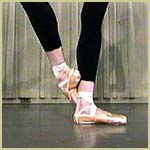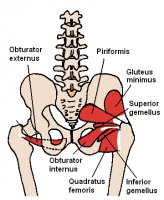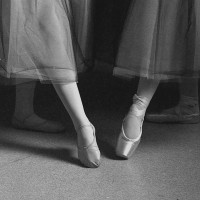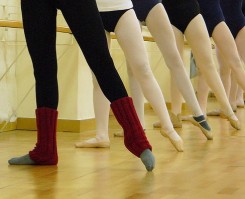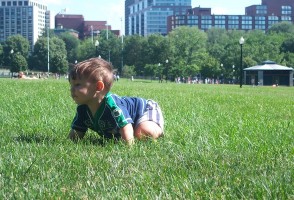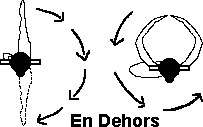Cou de pied appears to be one of those steps that doesn’t line up with the whole “universal language of dance” idea. The Cecchetti Council’s printed syllabus calls this position “devant on the ankle,” but Ms. Gail Grant, calls it cou de pied. Many, many schools and teachers refer to it simply as “coupé” and do not differentiate between coupé the step and coupé the position.
Terminology
What You Mean, What You Say: Get Up On Your Leg
“Get up on your leg”… Teachers have a habit of saying this when students are “sinking” into their supporting leg while balanced on one leg. How can you correct a sinking hip and what are some ways to rephrase this common dance teacher-ism.
What You Can Do To Improve Tendu (and why it is crucial)
Tendu may take second after plié in your dance class warmups but don’t underestimate its importance to pretty much every bit of dance technique. Here are some tips on how to use your working and standing leg and your foot during battement tendu.
All In The Family: Battement
Battements, as they are practiced at the barre and in centre, are the foundation of many other movements in ballet (jumps and travelling steps such as assemblé, tour jeté, grand jeté, and so many more) and in other dance forms. It is necessary to have a solid grasp on the simplest forms in order to perform the others correctly.
Relearning and Reinforcing Body Integration
Movement is a layered experience. We develop movement patterns and then continue to relearn them as we get older. Babies learn to crawl, developing the spiral and then relearn and master it as they walk and then run.
En Dehors, Out the Door
En dehors and en dedans! Frequently misspelled and endlessly confused, let’s go over these dance directions! A bird’s eye view helps to illustrate the sometimes puzzling terminology.

